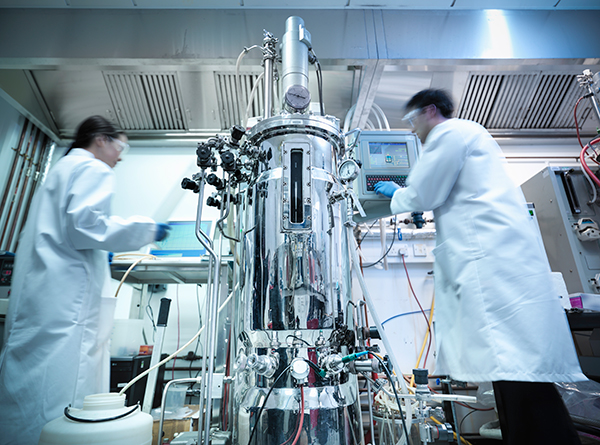Christine Farrance Ph.D. Director of R&D Charles River Labs
Identifying and Characterizing the Bugs Lurking in Your Lab Is Not Always Easy
It is common for microbes to turn up in a pharmaceutical or medical device facility, and understanding the who, what, where, and why is a real high-tech game of sleuthing. Yet, unlike detective shows where the forensic scientists solve the case in 60 minutes (with commercial breaks), properly identifying an offending microbe takes time and effort.
There are varied levels of operational needs, each of which dictate different approaches to microbial identification and strain differentiation. Closely related species may be difficult or impossible to distinguish using certain systems. In some cases, the most appropriate methods can vary based on the species under examination. Having access to methods with different resolution allows for greater accuracy when there are clear expectations for each technology. The following are four considerations when choosing an appropriate identification or strain typing platform.
1. Determine the level of resolution needed. A system that generates a genus and species designation is providing an identification. A different system or technology will be needed for a strain-level comparison. Common platforms for microbial identification include phenotypic, MALDI-TOF, and genotypic systems. If using phenotypic systems, confidence to the genus level should be considered, while MALDI-TOF provides a confident species-level identification. While the highest accuracy will be achieved through sequence-based approaches. The target gene will dictate the level of resolution—identification or strain differentiation. Accurate and consistent methods are critical in managing risk by yielding data that allows for reliable tracking and trending during routine monitoring, and allows for completion of investigations. How critical each sample is will dictate which method should be used for the most accurate identification, and strain-level differentiation, of the microorganism.
2. For identification, decide if the sample is for routine testing or a critical application. The identification of microorganisms can be done through different processes, each with its own level of accuracy and reproducibility. The methods chosen will impact the confidence in the data and decisions made based on that data. Routine identifications are made as part of an emergency medicine (EM) program which provide useful information on the baseline picture of the normal microbiome and categorize the resident bioburden. Critical applications can occur during investigations of sterility failures and other out-of-specification situations. Sequence-based identification technologies should be used in these situations, but can also be used for routine applications. MALDI-TOF is known to be a reliable method for the identification of intact bacteria and yeast, and is more accurate than phenotypic systems, but not as accurate as sequence-based approaches. Thus, MALDI-TOF is ideal for fast, accurate, routine identifications.
3. If you are confirming the identity of a QC organism, make sure the technology you are using can resolve organisms in that genus. If the identity of the QC strain must be confirmed, it is imperative that the QA personnel ensure the identification system being used has the correct species-level resolution for that organism. The capabilities of the technologies are not the same for different closely-related species and this must be understood before choosing an identification method, so that deviations and investigations can be avoided.
4. Understand that not all strain typing systems are created equal. Increased discrimination or resolution at the strain level can be needed in highly critical situations. Strain-level characterization of bacterial cultures can be provided by restriction fragment length polymorphisms. However, analysis of the banding patterns can be hindered by data quality. Uncut or partially cut DNA can interfere with the accuracy and repeatability of this method. Additionally, polymerase chain reaction (PCR) amplification of different DNA sequences can generate DNA barcodes, and analysis of the banding patterns can differentiate strains. PCR-based technologies are dependent on DNA quality, and consistent PCR temperatures, for the reproducibility of the data. Multi-locus sequence typing (MLST) is a highly accurate sequence-based method for strain-level differentiation of bacteria and fungi. It analyzes the sequences of genes that contain a high degree of variability. Depending on the species, and the degree of discrimination needed, strains can be evaluated by a different number of genes. Given the reproducibility and increased resolution of MLST, it is superior to other methods for determination of strain relatedness.
Christine Farrance, Ph.D. ([email protected]}, is director of R&D for Microbial Solutions at Charles River Labs.



